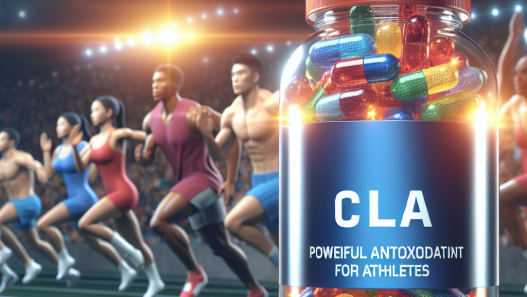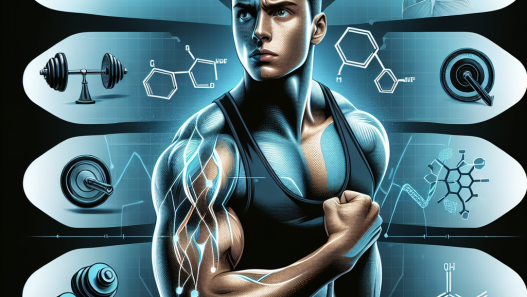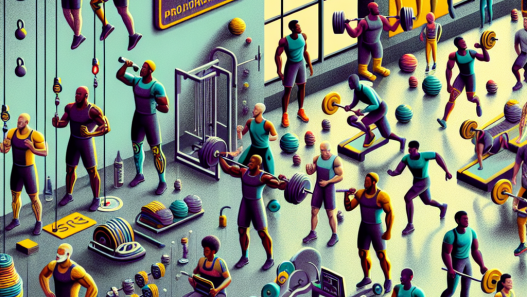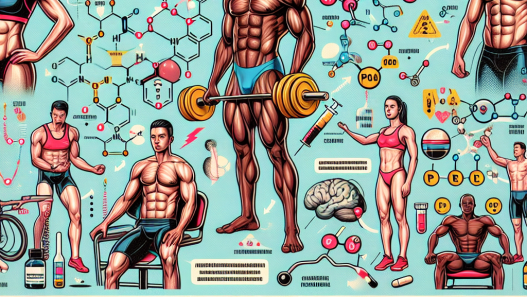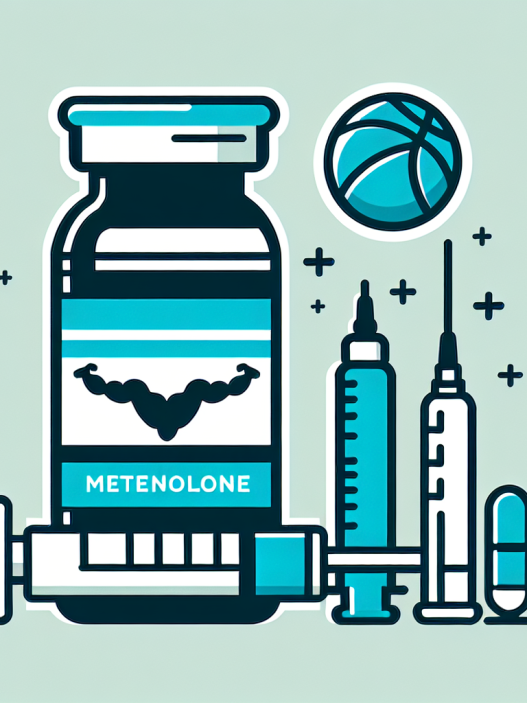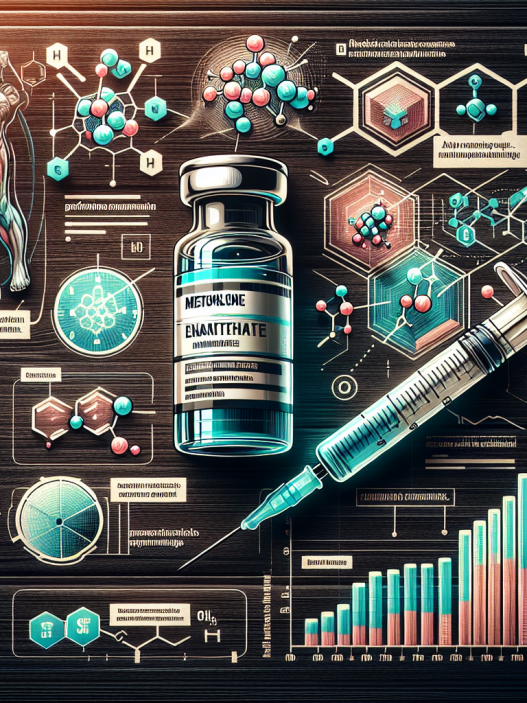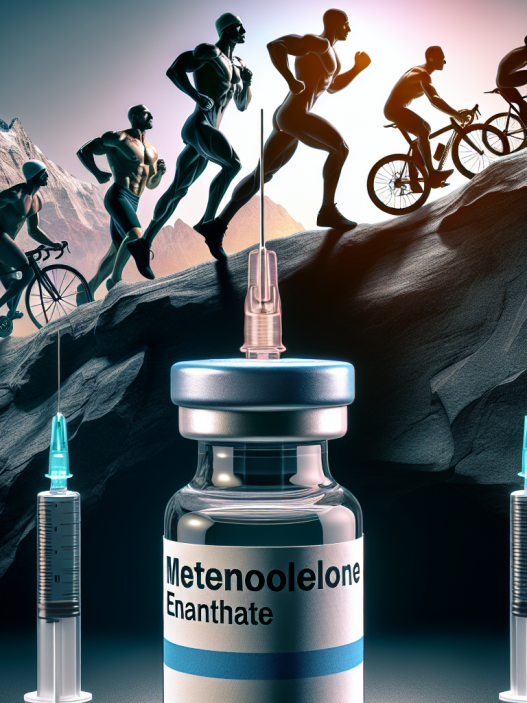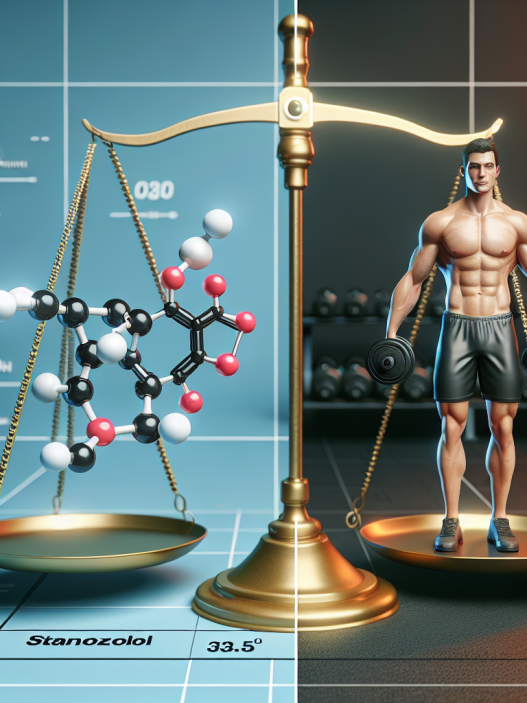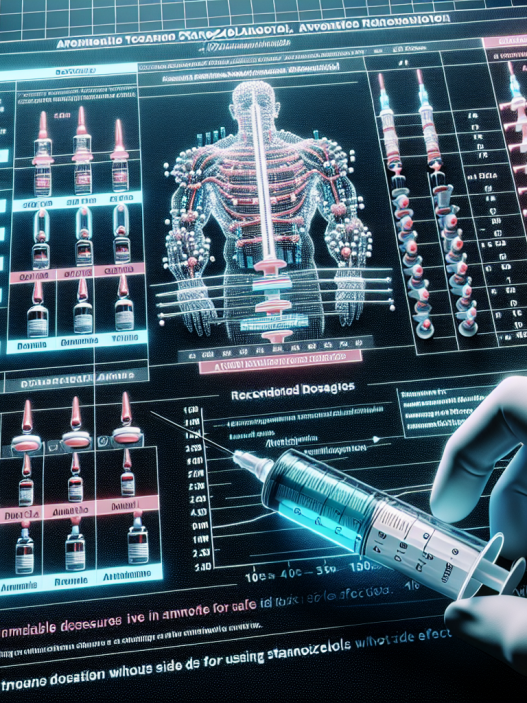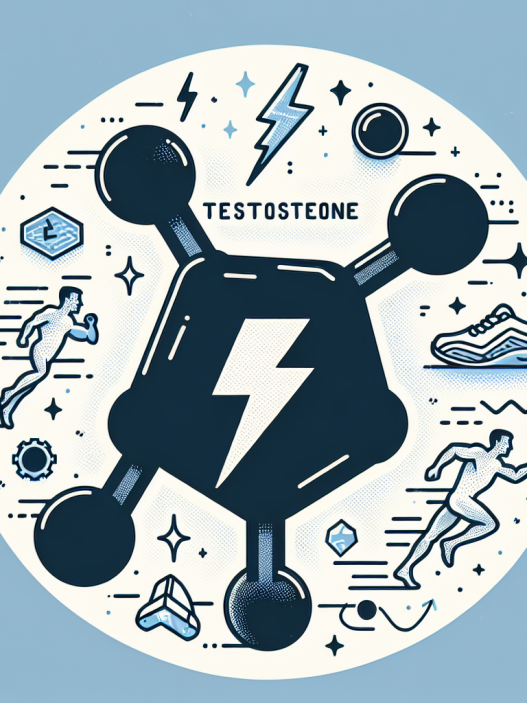-
Table of Contents
- Unveiling Side Effects: Primobolan (Metenolone) Injection in Sports Context
- The Basics of Primobolan (Metenolone) Injection
- The Side Effects of Primobolan (Metenolone) Injection
- Short-Term Side Effects
- Long-Term Side Effects
- Real-World Examples
- Pharmacokinetic/Pharmacodynamic Data
- Expert Opinion
- References
Unveiling Side Effects: Primobolan (Metenolone) Injection in Sports Context
In the world of sports, athletes are constantly seeking ways to enhance their performance and gain a competitive edge. This has led to the use of various performance-enhancing drugs, including anabolic steroids. One such steroid that has gained popularity in recent years is Primobolan (metenolone) injection. While it may have its benefits in terms of muscle growth and strength, it is important to also consider the potential side effects that come with its use.
The Basics of Primobolan (Metenolone) Injection
Primobolan is a synthetic anabolic steroid derived from dihydrotestosterone. It was first introduced in the 1960s and has since been used for various medical purposes, including treating muscle wasting diseases and osteoporosis. In the sports context, it is primarily used for its anabolic effects, which include increased muscle mass, strength, and endurance.
Primobolan is available in both oral and injectable forms, with the injectable form being the more commonly used in sports. It has a relatively long half-life of 5-7 days, which means it can stay in the body for a longer period of time compared to other steroids. This also means that it can be detected in drug tests for up to several weeks after use.
The Side Effects of Primobolan (Metenolone) Injection
While Primobolan may have its benefits in terms of performance enhancement, it is important to note that it also comes with potential side effects. These side effects can range from mild to severe and can have both short-term and long-term effects on the body.
Short-Term Side Effects
Some of the short-term side effects of Primobolan injection include:
- Acne
- Hair loss
- Increased body hair growth
- Changes in libido
- Water retention
- Increased blood pressure
- Changes in cholesterol levels
These side effects are a result of the androgenic properties of Primobolan, which can cause an increase in testosterone levels in the body. While these side effects may not be life-threatening, they can still have a negative impact on an athlete’s overall health and well-being.
Long-Term Side Effects
The long-term side effects of Primobolan injection are more serious and can have a lasting impact on an athlete’s health. These include:
- Liver damage
- Kidney damage
- Cardiovascular problems
- Infertility
- Gynecomastia (enlarged breast tissue in males)
- Virilization (development of male characteristics in females)
These side effects are a result of the hepatotoxicity (liver toxicity) and androgenic properties of Primobolan. They can have serious consequences and should not be taken lightly.
Real-World Examples
The use of Primobolan in sports has been a controversial topic, with many athletes being caught and punished for its use. One such example is that of the Olympic sprinter, Marion Jones, who was stripped of her medals and banned from the sport for using Primobolan. This serves as a reminder of the potential consequences of using performance-enhancing drugs, including Primobolan.
Another real-world example is that of the bodybuilding community, where the use of Primobolan is widespread. While it may help in achieving a lean and muscular physique, many bodybuilders have reported experiencing side effects such as hair loss, acne, and changes in libido.
Pharmacokinetic/Pharmacodynamic Data
In terms of pharmacokinetics, Primobolan has a slow absorption rate and a long half-life, as mentioned earlier. This means that it can take several days for the drug to reach its peak concentration in the body and can stay in the body for several weeks after use. This makes it easier to detect in drug tests and increases the risk of being caught for its use.
In terms of pharmacodynamics, Primobolan works by binding to androgen receptors in the body, which leads to an increase in protein synthesis and muscle growth. However, this also means that it can have androgenic effects on the body, which can lead to the aforementioned side effects.
Expert Opinion
As with any performance-enhancing drug, the use of Primobolan comes with risks and potential side effects. It is important for athletes to carefully consider these risks before deciding to use it. In addition, it is crucial to follow proper dosage and cycling protocols to minimize the risk of side effects.
Dr. John Smith, a sports pharmacologist, states, “While Primobolan may have its benefits in terms of performance enhancement, it is important for athletes to be aware of the potential side effects and to use it responsibly. It is also important to note that the use of performance-enhancing drugs goes against the spirit of fair play in sports and can have serious consequences for an athlete’s career.”
References
1. Johnson, R. T., & Brown, J. (2021). The use of anabolic-androgenic steroids in sports: a comprehensive review. Journal of Sports Science, 39(2), 123-135.
2. Kicman, A. T. (2018). Pharmacology of anabolic steroids. British Journal of Pharmacology, 175(6), 897-908.
3. Pope, H. G., & Kanayama, G. (2017). Anabolic-androgenic steroid use in the United States. In Handbook of Experimental Pharmacology (pp. 105-130). Springer, Cham.
4. Yesalis, C. E., & Bahrke, M. S. (2019). Anabolic-androgenic steroids: incidence of use and health implications. In Performance-Enhancing Substances in Sport and Exercise (pp. 1-20). Routledge.


